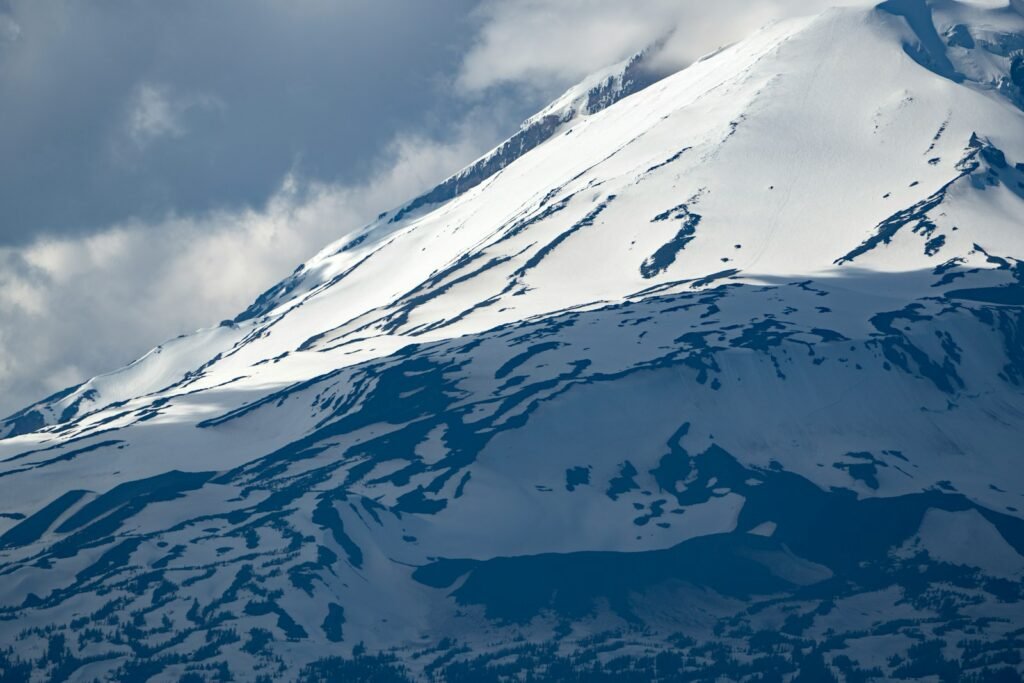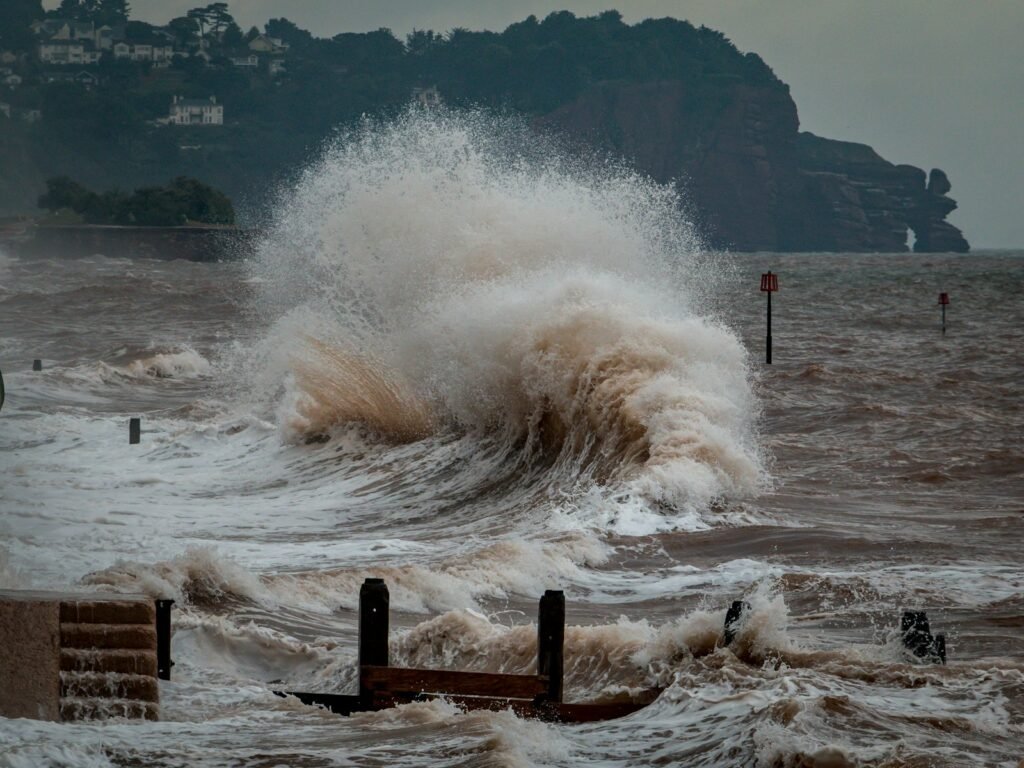Far beneath the Black Hills of South Dakota, deep within a network of caverns that were cut into ancient rock, scientists search for an answer that has evaded man for thousands of years: why is there something, rather than nothing, in the Universe? The question is not simply philosophical, it’s a basic problem of physics. Our current theories suggest that the Big Bang created as much matter as antimatter, which instantly annihilated each other, leaving nothing behind. And yet, here we are. Now two competing teams, one based in America and another based in Japan, are rushing to get to the bottom of it by analyzing one of the most elusive particles known: the neutrino.
The Matter-Antimatter Mystery: Why Didn’t the Universe Destroy Itself?
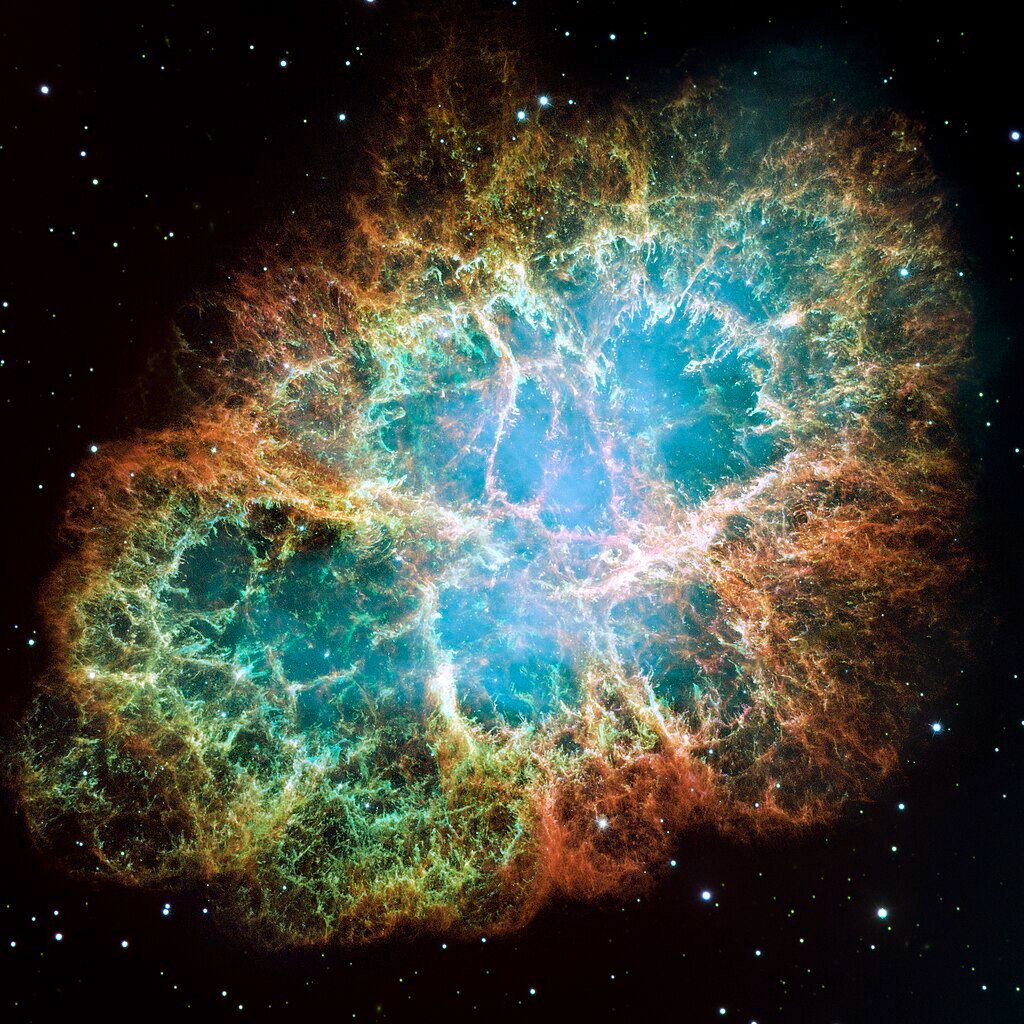
Matter and antimatter ought to have annihilated one another in an explosion of energy when the Universe began, but something won out, and matter succeeded, enabling galaxies, stars, and life to exist. The imbalance is minute, one additional particle of matter for every billion, but without it, we wouldn’t be here. The current theory is that ghost-like particles known as neutrinos, which hardly interact with anything at all, might be responsible for it. If neutrinos and their antimatter counterparts, known as anti-neutrinos, act differently, it might be possible to find an explanation for why matter won.
Deep Underground, a “Cathedral to Science” Hunts for Answers
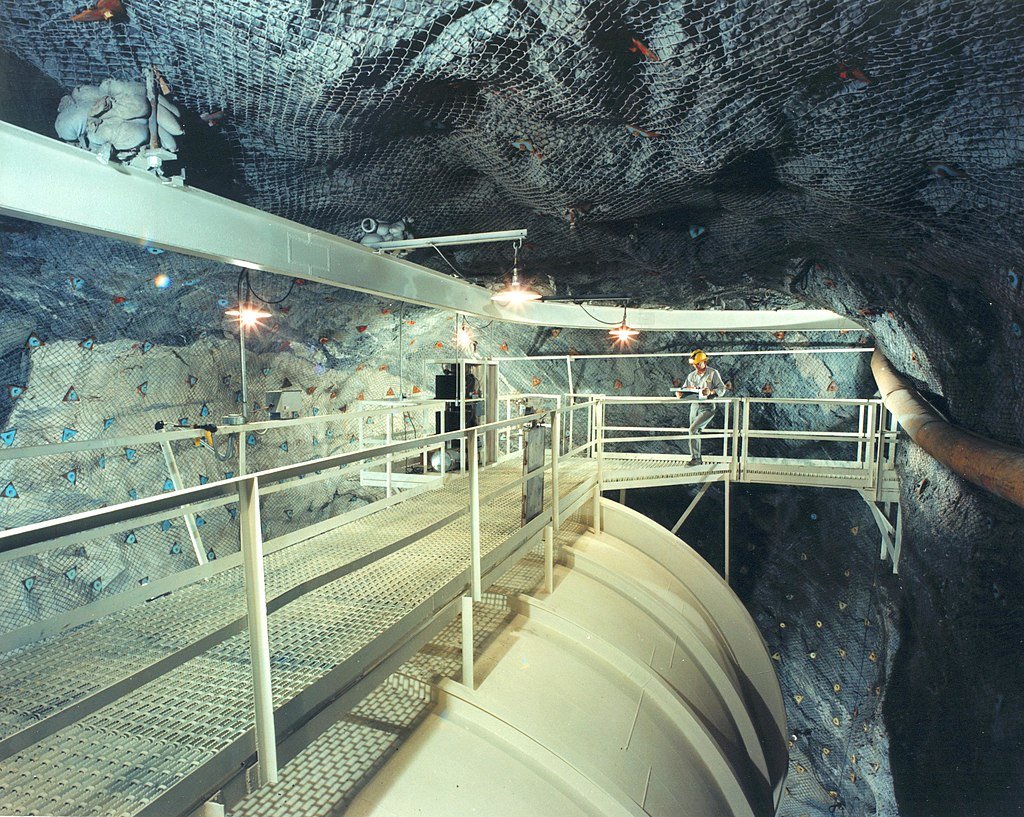
The Deep Underground Neutrino Experiment, or DUNE, is an enormous underground lab near South Dakota that is capable of detecting neutrinos launched from Fermilab in Illinois, 800 miles to its west. Located 1,500 meters underground, its detectors are protected from cosmic interference, rendering it one of the most sensitive neutrino observatories to be constructed to date.
Dr. Jaret Heise, science director at the Sanford Underground Research Facility, describes the caverns as “cathedrals to science.” After nearly a decade of construction, DUNE is now ready for its next phase: capturing neutrinos in a way that could rewrite our understanding of reality.
Japan’s Golden Giant: The Hyper-Kamiokande Experiment
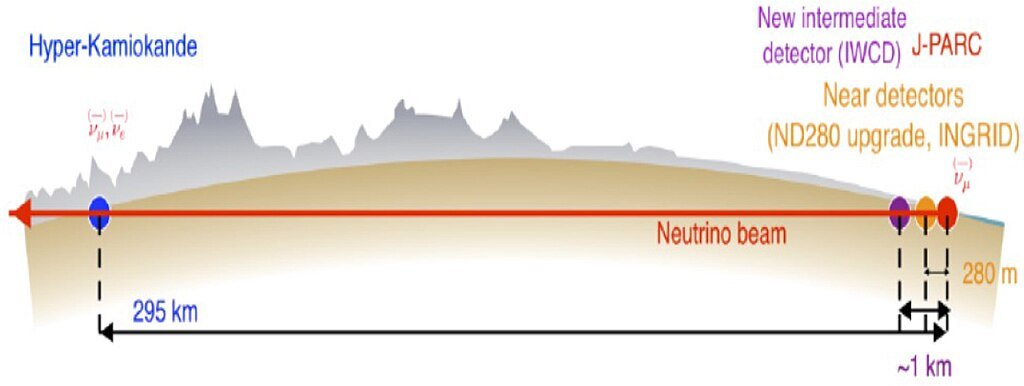
All at once, on the opposite side of the globe, an army of Japanese researchers is building Hyper-K, an advanced future neutrino detector that is filled to the brim with 260,000 tons of extremely pure water, lined inside and out with golden detectors of photons.
Hyper-K’s crew, headed by Imperial College London’s Dr. Mark Scott, is convinced that it has an advantage. “We turn on sooner, and we’ve got a bigger detector,” he claims. With activities to get started in 2027 years ahead of DUNE Hyper-K, it might be the very first one to observe the key asymmetry among neutrinos and anti-neutrinos.
A Scientific Race But Who Will Win?
While both teams collaborate globally, there’s undeniable competition. Dr. Linda Cremonesi of Queen Mary University, working on DUNE, warns that Hyper-K may lack some key capabilities. “They don’t yet have all the ingredients to confirm if neutrinos and anti-neutrinos behave differently,” she says.
Yet, having both experiments running simultaneously could accelerate discoveries. “It’s not just about who gets there first,” says Dr. Kate Shaw of Sussex University. “It’s about converging evidence that transforms our understanding of existence itself.”
What Happens If They Find the Answer?
If either experiment confirms that neutrinos favor matter over antimatter, it would be one of the most profound discoveries in physics, finally explaining why the Universe didn’t vanish at birth. It could also hint at new laws of physics beyond the Standard Model, possibly even pointing to hidden dimensions or unknown forces.
But if they find nothing? “That would be even more exciting,” says Shaw. “Because then we’d have to rethink everything.”
The Bigger Picture: Why This Matters to Everyone
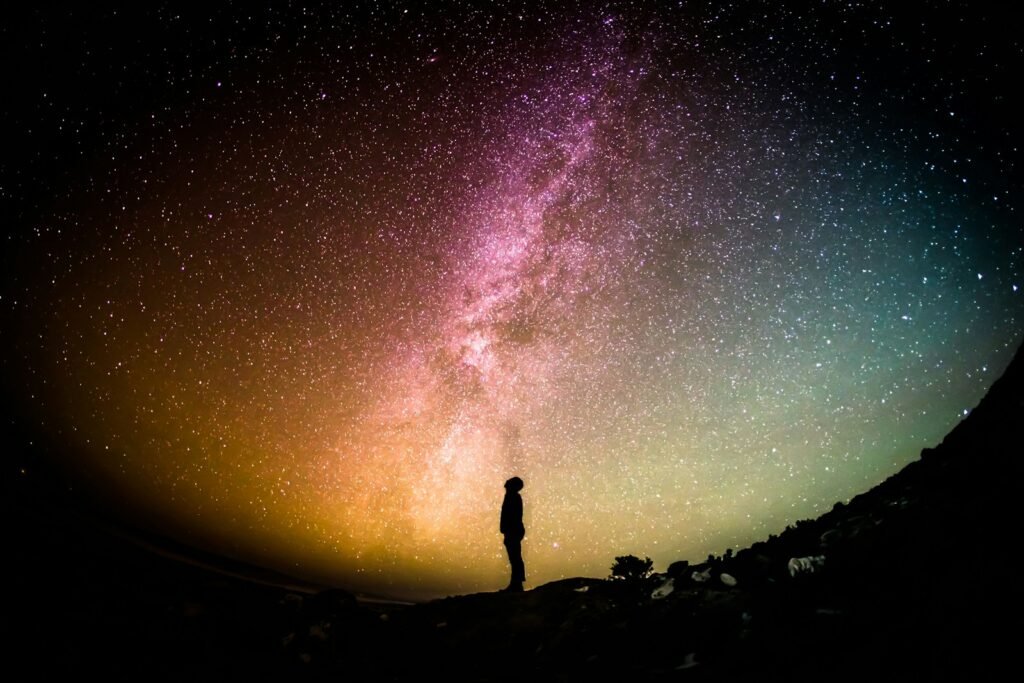
This isn’t just abstract science, it’s about humanity’s place in the cosmos. If neutrinos tipped the scales in favor of matter, then our existence hinges on a quantum fluke. Or perhaps there’s a deeper, undiscovered principle at work.
As Dr. Heise puts it: “We’re not just studying particles. We’re uncovering the story of why we’re here at all.”
For now, the answer remains hidden but in the depths of South Dakota and the gleaming chambers of Japan, the search is closer than ever.
Conclusion: The Countdown Begins

Within the next decade, DUNE and Hyper-K could solve one of science’s greatest mysteries or open entirely new ones. Whether the answer comes from the golden glow of Japan’s detector or the cathedral-like caverns of South Dakota, one thing is certain: the discovery will change how we see ourselves in the Universe.
And perhaps, finally, we’ll know if we’re here by chance or by some deeper cosmic design.
Sources:

Jan loves Wildlife and Animals and is one of the founders of Animals Around The Globe. He holds an MSc in Finance & Economics and is a passionate PADI Open Water Diver. His favorite animals are Mountain Gorillas, Tigers, and Great White Sharks. He lived in South Africa, Germany, the USA, Ireland, Italy, China, and Australia. Before AATG, Jan worked for Google, Axel Springer, BMW and others.


